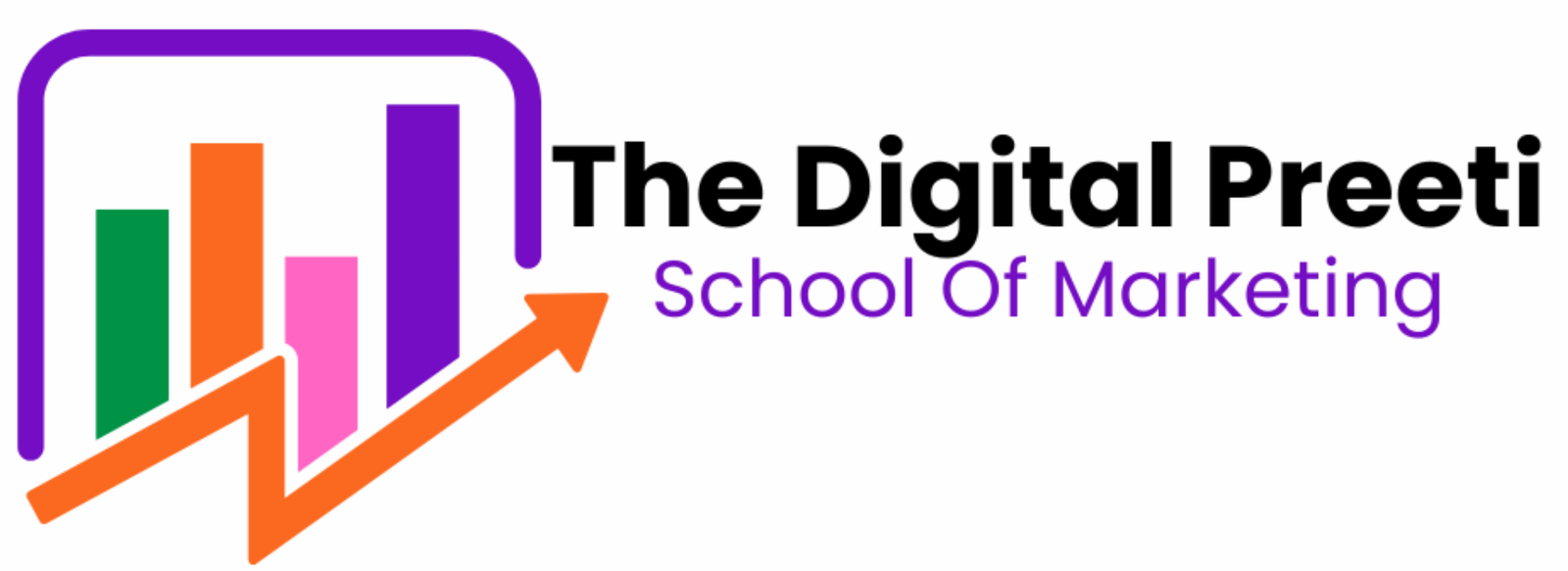Advertisers that use performance marketing only pay for specific activities, such leads, purchases, or clicks, in their digital marketing campaigns. Unlike traditional advertising that charges based on impressions or ad placements, performance marketing ensures measurable and trackable results. This approach allows businesses to maximize their return on investment (ROI) by focusing on campaigns that deliver tangible outcomes.
With the increasing use of digital platforms, performance marketing has become an essential strategy for businesses looking to scale efficiently. Whether it’s through affiliate marketing, pay-per-click (PPC), or social media ads, companies can track performance and optimize their strategies in real time.

Key Components
- Affiliate Marketing
- Advertisers partner with affiliates (publishers, influencers, or bloggers) who promote their products/services.
- Commissions are paid based on conversions such as sales, leads, or clicks.
- ShareASale, CJ Affiliate, and Rakuten Marketing are well-known affiliate networks.
- Pay-Per-Click (PPC) Advertising
- Advertisers only pay for the keywords they bid on when customers click on their ads.
- Google Ads, Bing Ads, and social media ad platforms like Facebook and Instagram are popular PPC networks.
- Requires continuous optimization of ad copies, landing pages, and keyword strategies.
- Social Media Advertising
- launching sponsored advertising campaigns on Twitter, Facebook, Instagram, LinkedIn, and other sites.
- Advertisers can set up conversion-based campaigns where they pay for leads, app installs, or sales.
- Retargeting options help in reaching users who have previously interacted with the brand.
- Search Engine Marketing (SEM)
- A form of paid advertising that appears on search engine results pages (SERPs).
- Makes use of Google Ads and Bing Ads to boost landing page traffic.
- Works well when combined with SEO strategies.
- Native Advertising
- Advertisements that are less obtrusive when they fit in with the platform’s content.
- Examples include promotional posts on social media or sponsored articles on news websites.
- Influencer Marketing
- Social media influencers team up with brands to promote their products and services.
- Payments are performance-based, with influencers earning commissions for conversions.
How Performance Marketing Works
- Setting Goals and KPIs
- Define objectives such as increasing sales, generating leads, or driving app installs.
- To effectively measure success, it’s important to establish key performance indicators (KPIs) such as conversion rates, cost-per-acquisition (CPA), and return on ad spend (ROAS).
- Choosing the Right Channels
- Select digital platforms based on target audience behavior and marketing budget.
- Leverage a mix of affiliate networks, PPC campaigns, and social media ads for maximum reach.
- Creating and Launching Campaigns
- Develop compelling ad creatives, landing pages, and call-to-action (CTA) buttons.
- A/B test different ad formats and messages to optimize performance.
- Tracking and Analyzing Performance
- Use tracking tools like Google Analytics, Facebook Pixel, and third-party analytics platforms to monitor campaign performance.
- To improve tactics, track cost-per-click (CPC), click-through rates (CTR), and conversion rates.
- Optimizing for Better Results
- Determine the best-performing channels and the worst-performing campaigns by conducting data analysis.
- Adjust bidding strategies, improve ad creatives, and optimize landing pages to enhance ROI.
Benefits of Performance Marketing
- Cost-Effective
- To cut down on wasted ad expenditure, advertisers only pay when a certain action is achieved.
- An ROI-driven approach ensures marketing budgets are allocated efficiently.
- Measurable and Trackable
- Advanced tracking tools allow real-time monitoring of campaign performance.
- Businesses can tweak their strategies by tapping into data insights.
- Targeted Audience Reach
- Allows for accurate audience targeting according to behavior, interests, and demographics.
- Engaging users who have expressed interest in the brand is made easier with retargeting.
- Scalability
- Businesses can kick things off with a modest budget and then ramp up their campaigns as they see what works best.
- Successful strategies can be replicated for different products or markets.
- Diverse Marketing Channels
- A combination of PPC, social media, influencer, and affiliate marketing enhances brand visibility.
- Allows businesses to experiment with different advertising formats.
Challenges in Performance Marketing
- Ad Fraud
- Click fraud and bot traffic can inflate costs without delivering real conversions.
- Using fraud detection tools can mitigate risks.
- Competition and Rising Costs
- High competition in PPC and social media ads can increase cost-per-click (CPC).
- Requires continuous optimization and bid adjustments.
- Compliance and Regulations
- Laws pertaining to data protection, such as the CCPA and GDPR, must be followed by advertisers.
- Some platforms have strict advertising policies that limit targeting options.
- Dependence on Third-Party Platforms
- Algorithm changes in Google, Facebook, and Instagram can impact ad performance.
- Diversifying marketing channels reduces reliance on a single platform.
Best Practices for Performance Marketing Success
Follow these best practices:
- Set Clear Goals and KPIs
- Define measurable objectives and track progress using analytics tools.
- Optimize Landing Pages
- Ensure landing pages are fast, mobile-friendly, and have clear CTAs.
- Leverage Data and Analytics
- Use A/B testing to refine ad copies, targeting, and bidding strategies.
- Diversify Advertising Channels
- Avoid relying on a single platform; test different ad formats and networks.
- Monitor and Adjust Campaigns Regularly
- Examine performance indicators and adjust campaigns to optimize return on investment.
Conclusion
It is a powerful strategy that allows businesses to optimize their advertising efforts based on real-time data. By focusing on measurable outcomes, companies can allocate their budgets efficiently and drive higher conversions. While challenges like ad fraud and rising competition exist, implementing best practices can help businesses achieve long-term success.
Whether you’re a startup or an established brand, leveraging performance marketing can significantly impact your growth and profitability. By continuously analyzing data, optimizing strategies, and experimenting with new approaches, businesses can maximize their digital marketing success.
Read Our other blog To get more know about Digital Marketing
